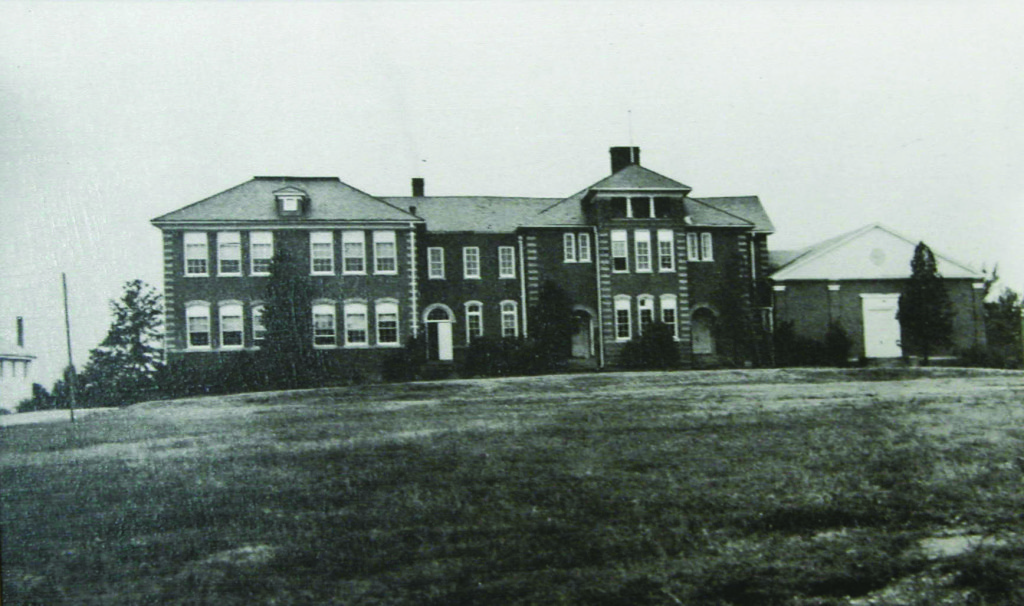
Back in 1906 with the closing of Holly Springs Masonic Institute, leaders of the community in an effort to provide a permanent facility for the students, purchased 10 acres of land on the current site of the Library and Cultural Arts Center on Ballentine Street for a new school. The men hauled away 90 wagons filled with debris, including an old house, and planted four acres of cotton on the property for future sale.
The ladies of the Holly Springs Woman’s
Betterment Association tended and harvested the cotton and held other fundraisers, like “Box
Parties” to help enrich the coffers to build the school.
Their efforts were acknowledged and rewarded with Wake County’s selection of Holly Springs as a location for a county high school. The well-equipped school was erected, and the first bell rang in 1908. The school served white girls and boys in Grades 1-11.
In 1914, a $10,000 addition, backed by a bond issue, was built to accommodate the additional requests for enrollment. Now, with the extra classroom space, students were recruited from neighboring communities and boarded in private homes. Enrollment numbers of 200 students were recorded in 1916.
Expected student conduct was outlined in a promotional catalog which stated: “No form of immorality, such as drinking, cursing, playing cards etc. will be tolerated. The first offense may be sufficient grounds for expulsion.”
Additional rules stated: “Boys must not loaf on streets, in stores and or at the railroad depot. Girls must be found always in approved places and under proper chaperonage.”
Education was taken very seriously. The school had a strong reputation and was ranked among the very best schools in Wake County.
Sylvian Brooks, a Holly Springs resident and former mayor of the town, was a teacher at the school. She began in 1939, teaching the combination classes of 3rd and 4th grades and 5th and 6th grades for 18 years.
A Holly Springs High School alumnus, Larry Cotton recalls many fond memories of the school and his childhood in Holly Springs. He tells of a particular winter when the school’s heating-boiler failed and each child had to carry their desk across the field to the Methodist Church basement where classes were held until repairs could be made to the heating system.
Larry Cotton and Mary Macon both share memories of snow-sledding down the hill beside the school, commonly referred to as “Arbutus Hill,” named for the wild flowers that grew there. Theresa Underwood tells of roller skating in the detached gymnasium with wooden floors on weekends and during the summer with her friends and neighborhood children.
Holly Springs High School closed in 1958 because of school consolidations. This resulted in the bussing of Holly Springs’ children to schools in Apex and Fuquay Springs (later to be called Fuquay-Varina.)
Reba B. Mason was quoted in The Western Wake Herald acknowledging the demolition of the school in 1974, “The imposing two-story brick school building no longer stands in Holly Springs.” She said, “It was lost to school consolidation in this area. The school bell once tolled loudly and strong for generations of Holly Springs families.”